How France is about to overcome the great buffet renaissance
French railways have a plan: to reclaim the tradition of train station catering before it disappears beneath the floodwater of Starbucks
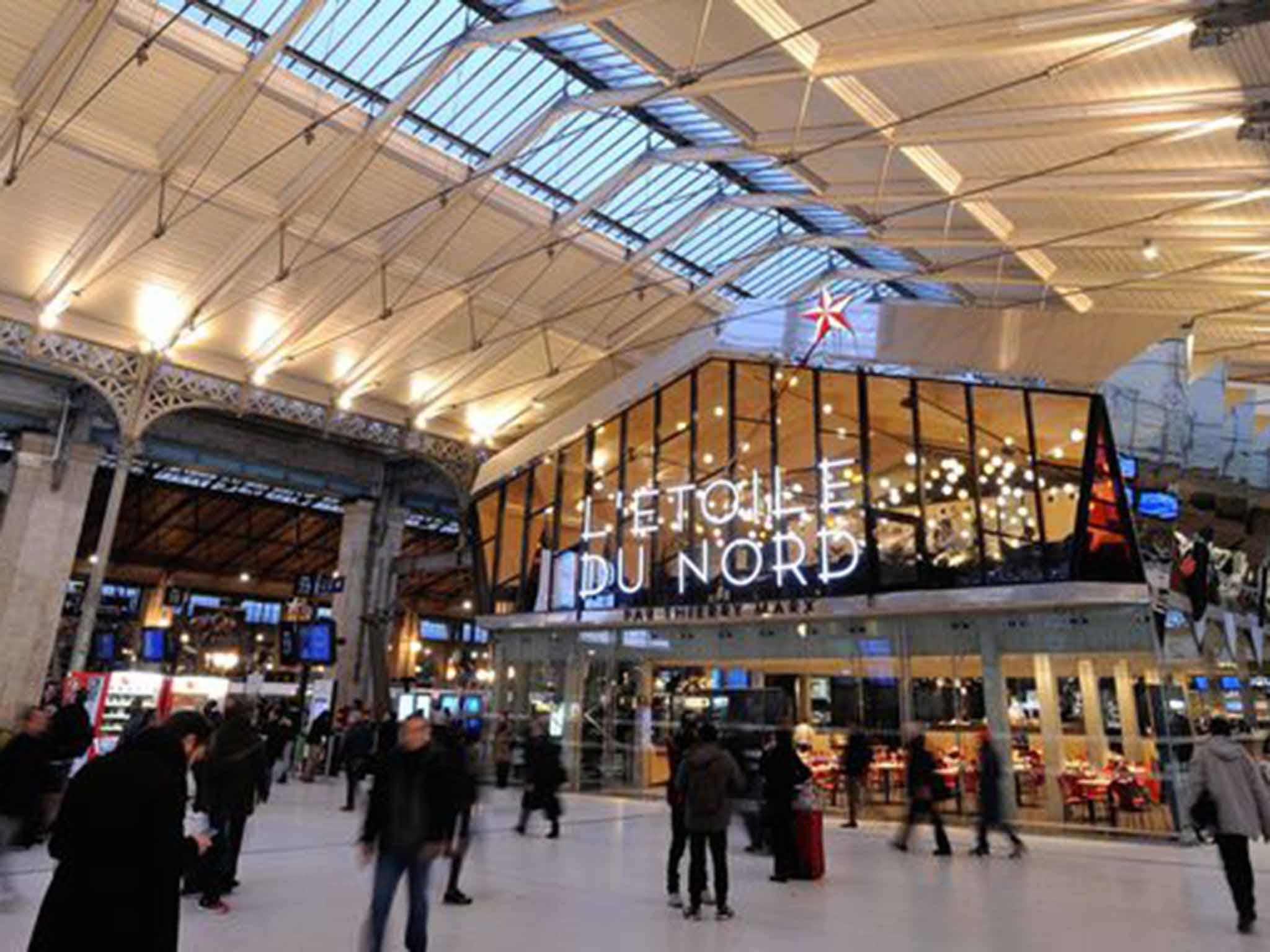
Your support helps us to tell the story
From reproductive rights to climate change to Big Tech, The Independent is on the ground when the story is developing. Whether it's investigating the financials of Elon Musk's pro-Trump PAC or producing our latest documentary, 'The A Word', which shines a light on the American women fighting for reproductive rights, we know how important it is to parse out the facts from the messaging.
At such a critical moment in US history, we need reporters on the ground. Your donation allows us to keep sending journalists to speak to both sides of the story.
The Independent is trusted by Americans across the entire political spectrum. And unlike many other quality news outlets, we choose not to lock Americans out of our reporting and analysis with paywalls. We believe quality journalism should be available to everyone, paid for by those who can afford it.
Your support makes all the difference.Visitors to the Gare du Nord over the past week will have noticed among the patrolling soldiery and prowling beggars a startling new arrival: a square, two-storey glass kiosk with a diamond-faceted chrome-clad roof and white neon lettering bearing the phrase L’Etoile du Nord.
This is the new station buffet, named after the train which used to connect Paris Nord to Amsterdam in the days of mythic lines such as the Oiseau Bleu to Brussels and the Fleche D’Or to London.
In naming the restaurant, the French state rail company SNCF is underlining its place in a grand design, to reclaim the tradition of French station catering before it disappears beneath the floodwater of Starbucks, Pret a Manger and Burger King.
Once legendary continental trains were matched by splendid station buffets, often outstanding examples of Art Nouveau, of which the last extant example is the magnificent listed monument Le Train Bleu in the Gare de Lyon. The Gare du Nord’s equivalent, the old Fleche D’Or brasserie, disappeared in the seventies and the Gare d’Austerlitz’s dowdy buffet was finally bulldozed in 2012, the year the resurgence started.
At the inauguration of the new Etoile, Patrick Ropert, head of SNCF stations, spoke of enrolling the big names of the restaurant world to re-invent railway gastronomy, and commented that 30 per cent of station users now come for facilities other than travel.
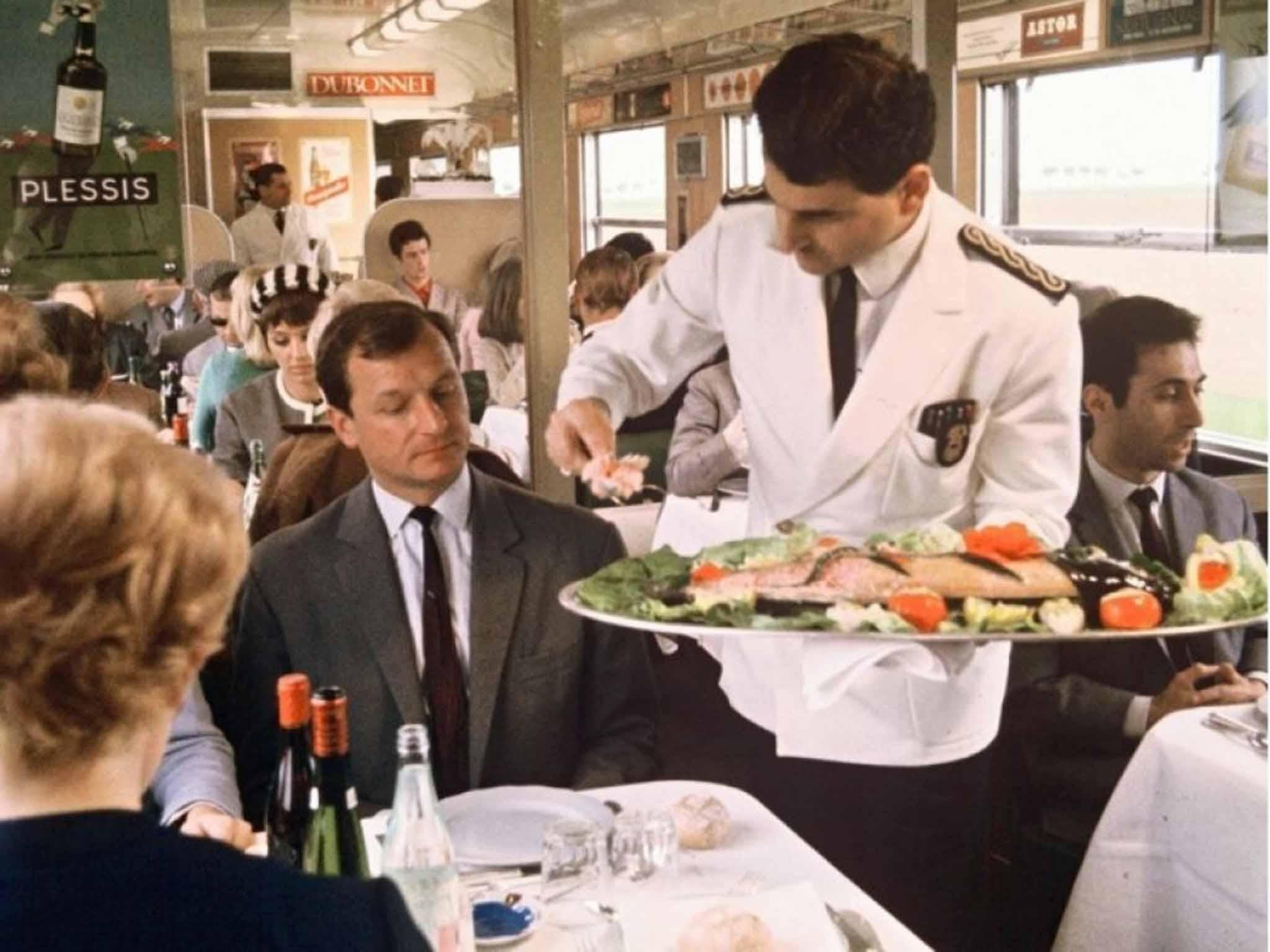
Meanwhile, the restaurant’s gnome-like figurehead, Thierry Marx, star chef of the Mandarin Oriental hotel, dashed among the microphones dropping sound bites such as a place of conviviality while a crack waiting team got on quietly with mastering the gleaming new equipment. One of Marx’s guidelines for the food is the old tradition of dishes referencing the regions served by the trains, so items of cuisine du nord such as endives gratinees au jambon feature, as does fish and chips, a positive plague which affects would-be trendy Parisian menus at the moment.
The idea of the operation, open from breakfast to post-dinner drinks, is to function as a canteen for the quartier, and this is symbolised by its position, open to the station concourse and also to the street beyond.
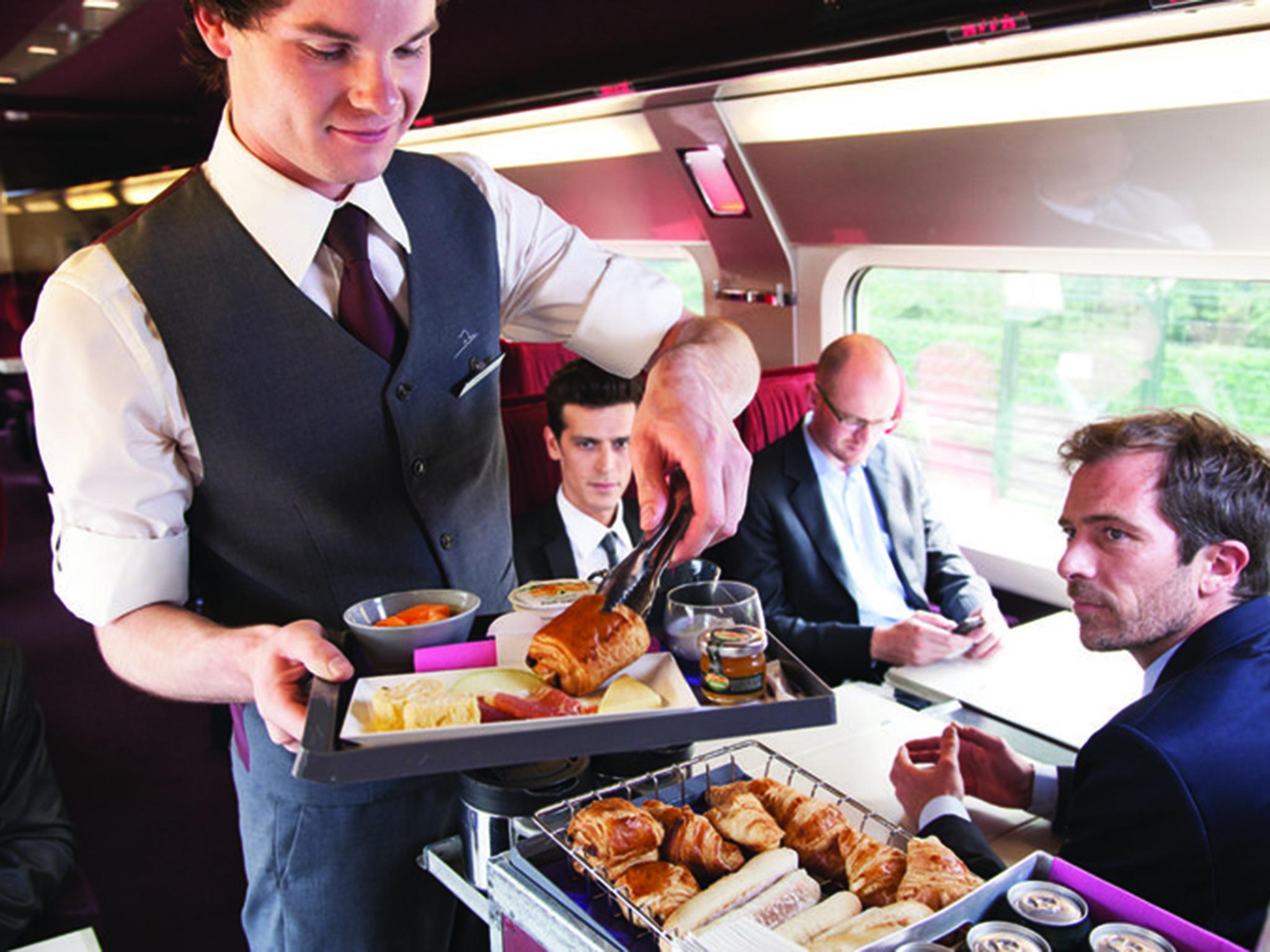
The predecessor of the Etoile is doing this very successfully across town, in Lazare, the new buffet of the Gare Saint Lazare –Paris’ oldest and second busiest station. Its 15-year Euro renovation was finished in 2012, where the SNCF invited offers to open a restaurant in one of the last units in the three floors of built-in shopping mall not yet taken by the likes of Swarovski and Promod. “Nobody else would risk it so I got a good deal,” says Eric Frechon speaking in his office in the Hotel Bristol, whose grand restaurant L’Epicure he officiates over, turning out dishes such as his speciality lievre a la Royale (hare) at 110 Euros. I’d just eaten Frechon’s lievre at under half that price in Lazare.
This is pretty remarkable for a station caff, albeit an exalted one, though not so swanky as to exclude Frechon’s excellent Toulouse sausage and mash with chicken gravy. Was Frechon planning on opening in other stations? ''Well, I would have,'' replied the maestro, immaculate in white with touches of red blue and gold insignia, ''but I was disappointed when the SNCF decided to go to other chefs for their next ventures.''
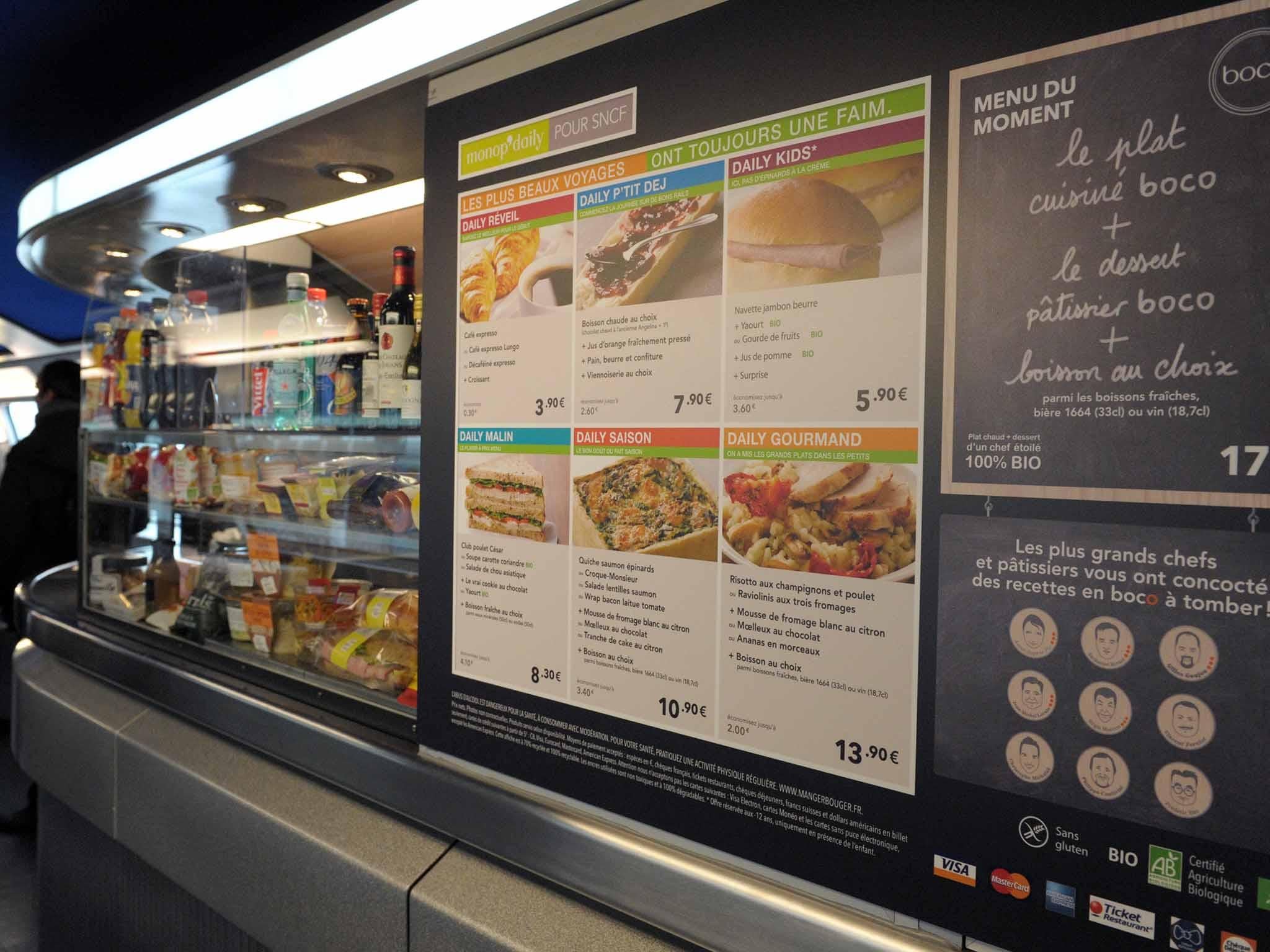
So what is next? Metz, to be handed to Michel Roth, ex-chef of the Ritz, and in Paris the Gare de Montparnasse, a real challenge, as the complex was turned into a vast concrete Legoland in the dying gasp of 1960s architectural vandalism. Montparnasse has been awarded to Alain Ducasse, the biggest superchef of them all, and an inkling of the future could be available in the form of Ducasse’s Champeaux, a new brasserie opened earlier this year in a glass walled retail premises high above the huge RER station in the newly renovated Forum des Halles, a close cousin of the Montparnasse complex.
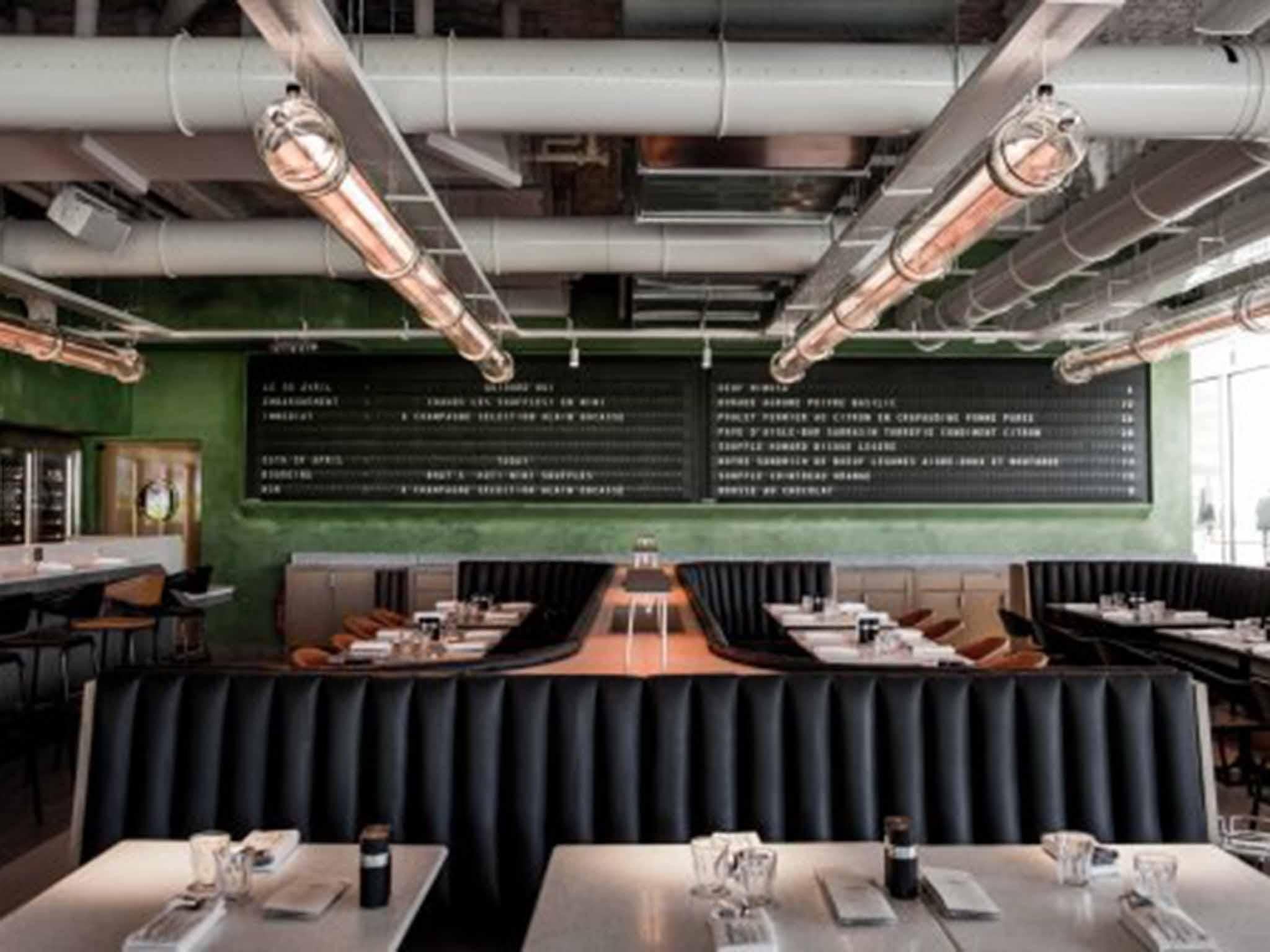
Champeax’s interior nods to vintage station imagery with a big mechanical timetable board, its revolving lettering clacking out the dishes on the carte. Interesting design touches include the aluminium table lamps, controllable by customers. The barmen’s outfits – white shirts, black bowties, and dun-coloured cloth caps – are more akin to 1950s Yorkshire ferret fanciers than mixologists.
What cannot be quibbled at is the food, a high quality selection of steaks, croques, onion soups, snails, souffles, and carafe wines, or the service, delivered by the classic squad of directeur, maitre d’hotel, chefs de rang and commis. Unfashionable among young French maybe, but nothing serves food better than a well-oiled Parisian brasserie.
What’s now begging for re-invention is the food on the trains themselves. While Britain’s station catering looks about to be left far behind by the new French buffets, recent innovations such as the South-West line restaurant car service, catered by Mitch Tonks, are giving the Brits a head start once they succeed in getting on board.
The SNCF trains are still on the downward slope to Pringles via Rombouts filter coffee and muffins. Will it take the wholesale takeover of French catering by Starbucks before the spirit of resistance is finally ignited? One hopes not, and the renaissance of the buffets de la gare is a ray of hope in a world beset by storm clouds.
Join our commenting forum
Join thought-provoking conversations, follow other Independent readers and see their replies
Comments